4 min and 15 sec to read, 1062 words
So, you’ve learned all your open chords on the guitar and can play a few songs. That’s great! You know C, A, G, E, D Major and em, dm, and A minor right?
Table of Contents
Sooner or later you’re going to be learning a song that has a minor chord other than em, dm, or a minor and you’re going to have to learn to play a bm chord. Which is of course a the A shape moveable barre chord. https://amy-hailstone-385d.mykajabi.com/5thingsguitar
More than likely you’ve already tackled the F chord, which is technically the top of the full E shape barre chord.
This isn’t a lesson on how to play barre chords, it’s a lesson on WHY to play barre chords. I’m going to give you 3 reasons that yes, yes you do have to learn to play barre chords.
And just in case you start to wonder…no your hands are not too small to play barre chords…and no your hands are not too big to play barre chords. It just takes practice time. You’ve got this!
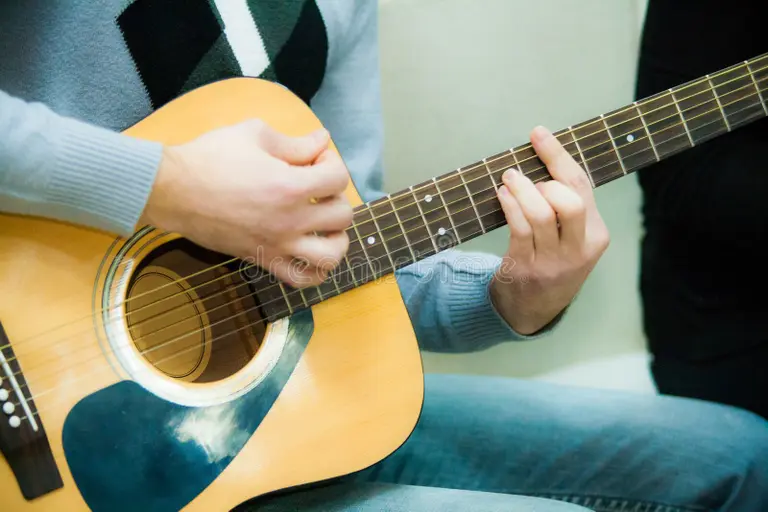
#1 You’ll Know the Fretboard Better
When you learn the 4 moveable barre chord shapes you’ll quickly realize that the roots of these chords are all on the 5th or 6th strings. Learn the notes on the 6th and 5th strings on the guitar so you’ll know the root notes of the barre chords you’re playing.
This will help you in many aspects of your playing. Learn the notes and practice playing your barre chords on every fret on the 5th and 6th strings. Practice chromatically, practice through the circle of 4ths, practice playing the one, four, and five chord in every key. You will jump leaps and bounds if you do this.
Some of these might sound like lofty goals at the moment so take one at a time. For instance, play each barre chord up and down the neck chromatically to start.
#2 Learn Songs by Ear
You obviously want to be a guitar player. Guitar players can play all over the neck of the guitar. They’re not stuck in the open position all of the time. Or dependent on the capo to play in other areas of the neck.
Put on a song you want to learn. Try to find the root notes of a couple of the chords. Find the One chord. Where does the song feel like it goes back home and resolves to that One chord?
Eventually you’ll be able to find the key of the song and transpose it to the key you want to play or play and sing it in. You need barre chords to do this. Open chords are not going to accommodate every song or key.
Don’t worry if you can’t do this yet. Learn to play your barre chords all over the neck and then try to pick out keys and transpose later.
The point of this goal is that after you learn the key you want to play in, you’ll be able to chose if you want to use a capo and play open chords higher on the neck, or if you will play the song in barre chords. It’ll be your choice.
#3 Freedom
There is no disputing the fact that barre chords are challenging to play at first. They feel so different from your open chords and you have to figure new ways to place your fingers and and cover multiple strings at once.
And they all have to ring free and not sound muffled. This will take time to figure out. It will take patience and perseverance. But your work will pay off. But you have to put the time in.
This is where I think most people lose the drive to keep going. It is easier to learn the open chords. So when they start to play barre chords, it feels frustrating and out of reach.
Especially if they are watching videos to teach them how to play barre chords. Sometimes it’s difficult to get an accurate feel for how long something will take to learn by watching a video.
Sure, everyone is different and will learn at different speeds. But the common thread is that it will not happen overnight. It will not happen with a few 15-minute practice sessions. You don’t know how long it will take, it’ll take as long as it takes. So just commit to learning your barre chords and start doing it.
But when you conquer the 4 movable barre chord shapes, the fretboard opens up to you and you can pretty much play any song you want.
You won’t panic if you see a C#m coming up in the song you’re learning. Or when you can’t find your capo and you want to play a song.
That’s Freedom!
Using a capo will be a choice you make because you want to play open chords to give a song a more ringy feel in a flat key that you can’t play in the open position. Or because you just want to play open chords higher up on the fretboard. You have choices about where you play your chords. This gives you more choices for your own artistic interpretations.
In Conclusion
There is no shortcut, no hack to get you to the freedom that you’re working towards. You’ll have to work at playing barre chords. Practicing until they become second nature. You won’t have to meticulously place your fingers and adjust them little by little to get the strings to ring freely. But it will happen. Commit to learning them. Again, this is just a WHY to learn your barre chords not a how. There are plenty of lessons on how to learn them and I’ll do some of those lessons myself in the future.
This is a pep talk to get you started and to psych you up to learn your barre chords. You will be so happy after you get through this learning process.
Keep working towards your playing goals.
All the Best,
Amy
To book an online lesson with me:
September 26, 2025
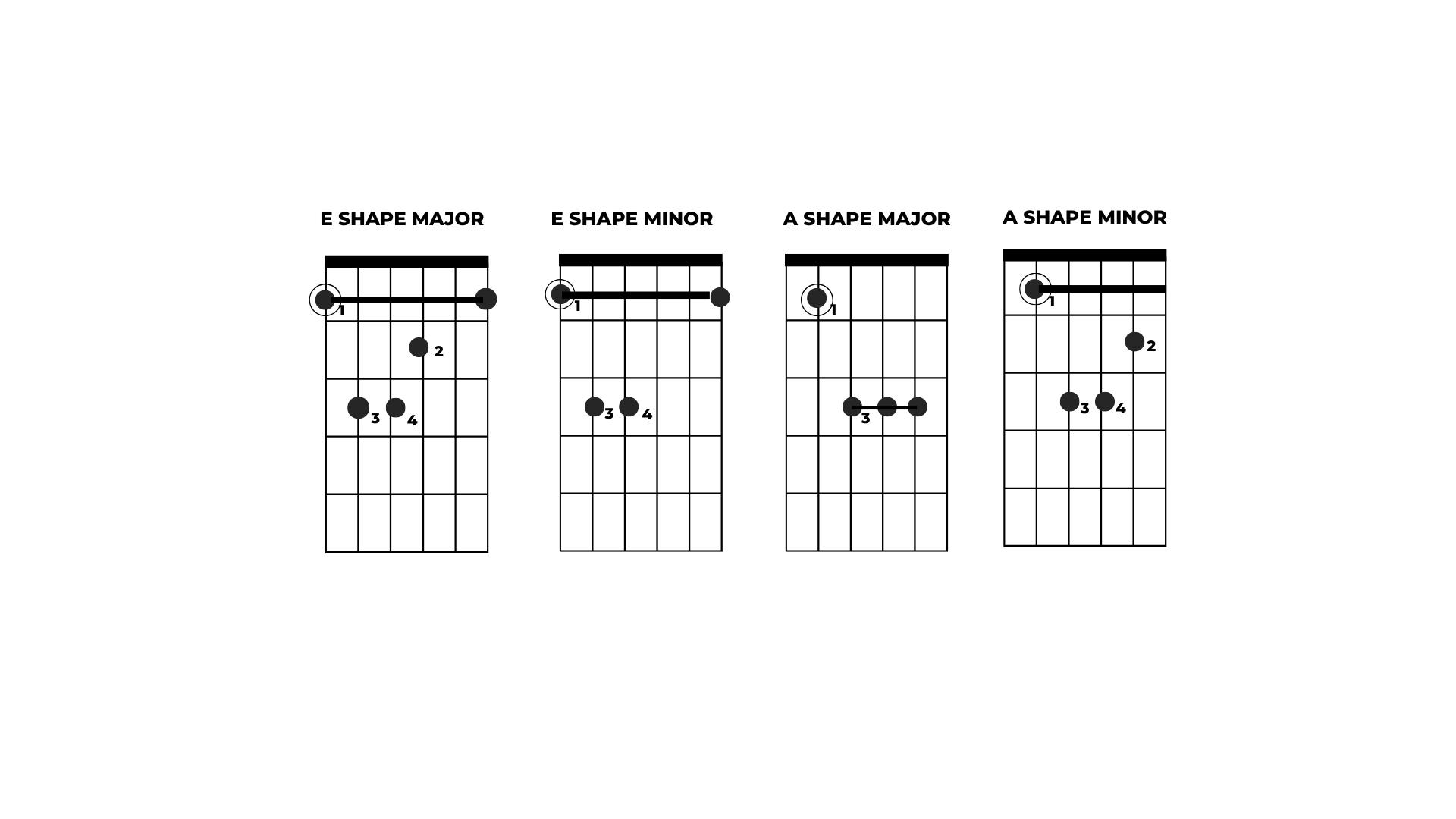
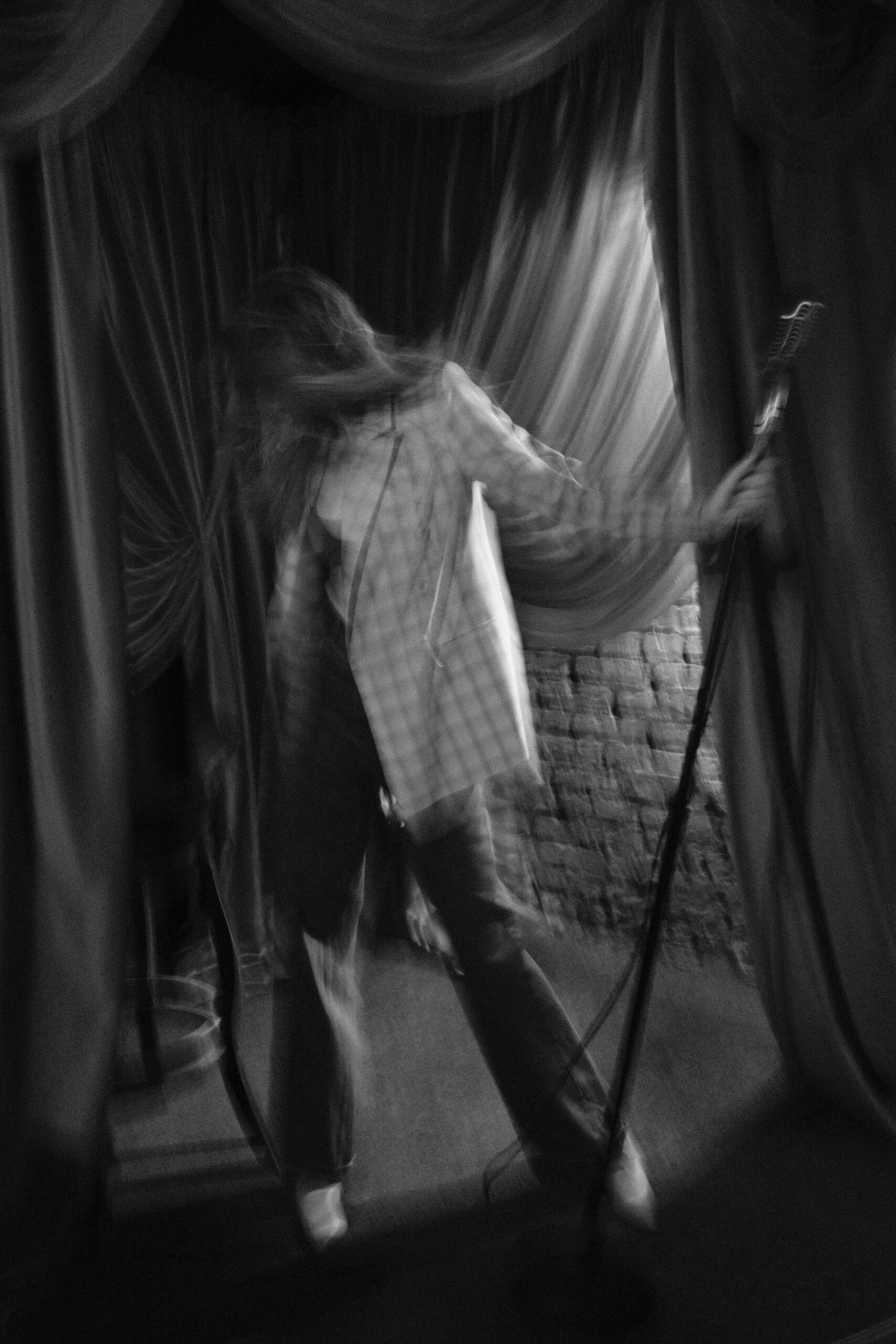
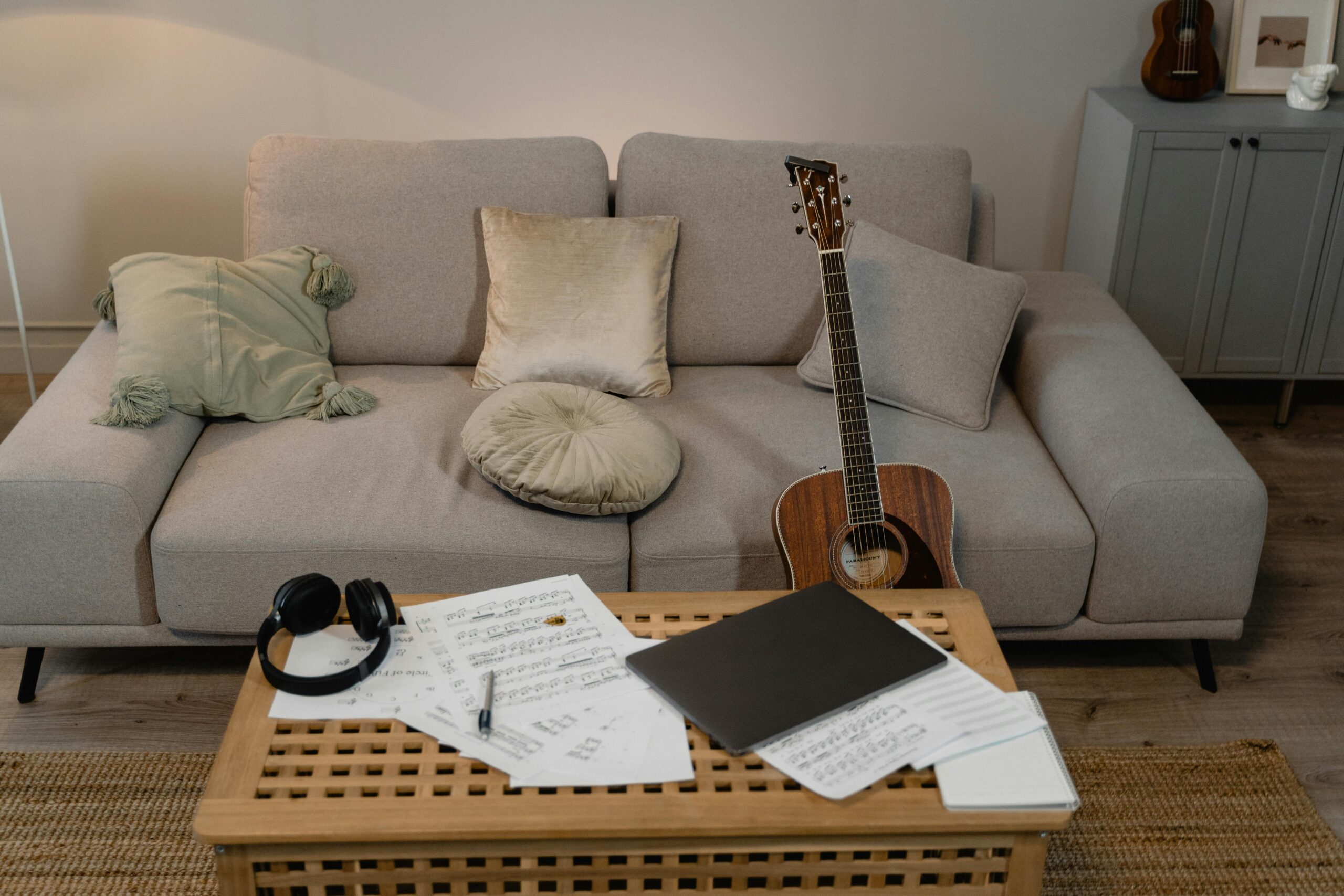

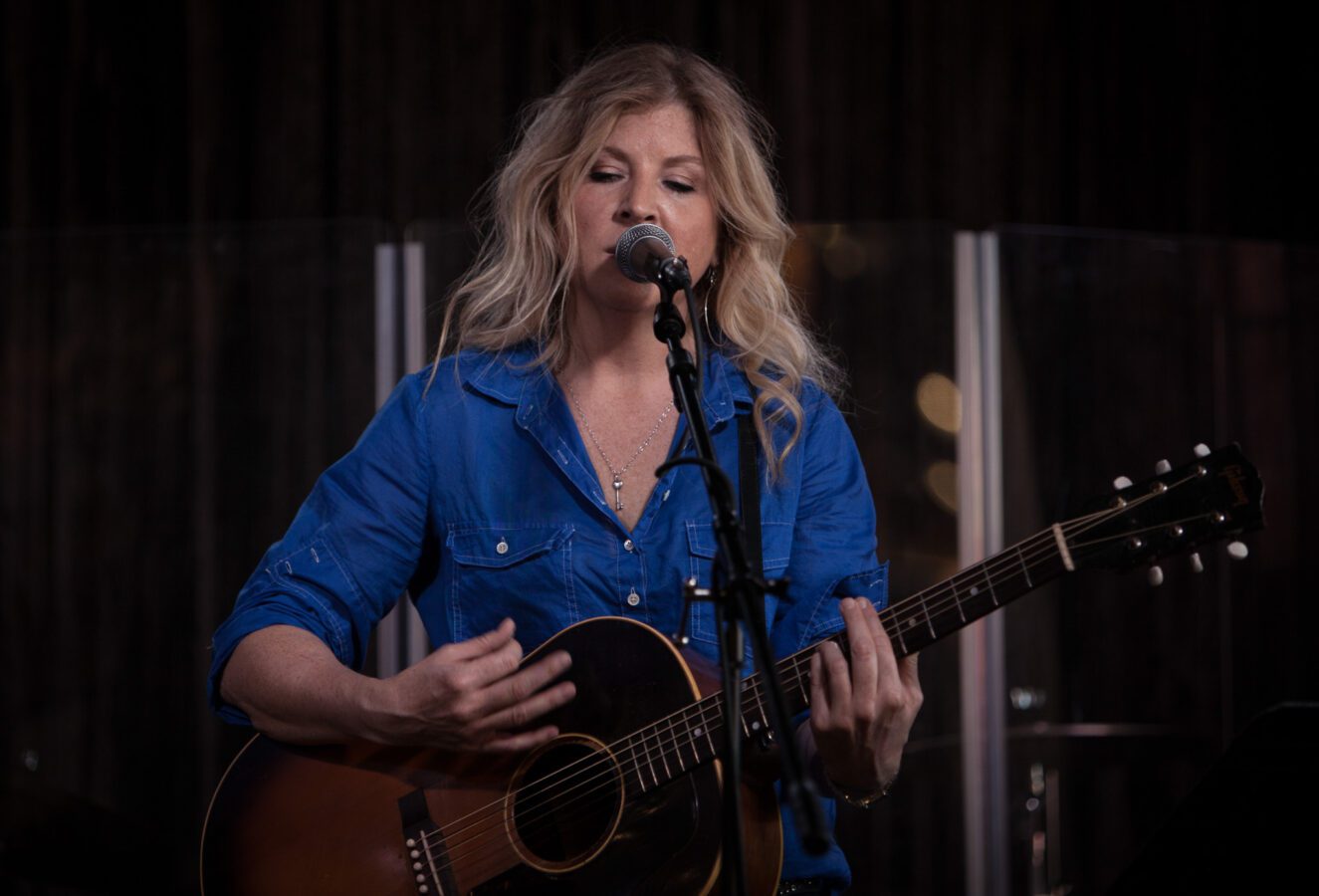
Post Comments